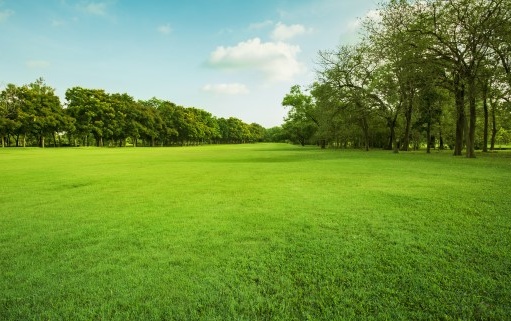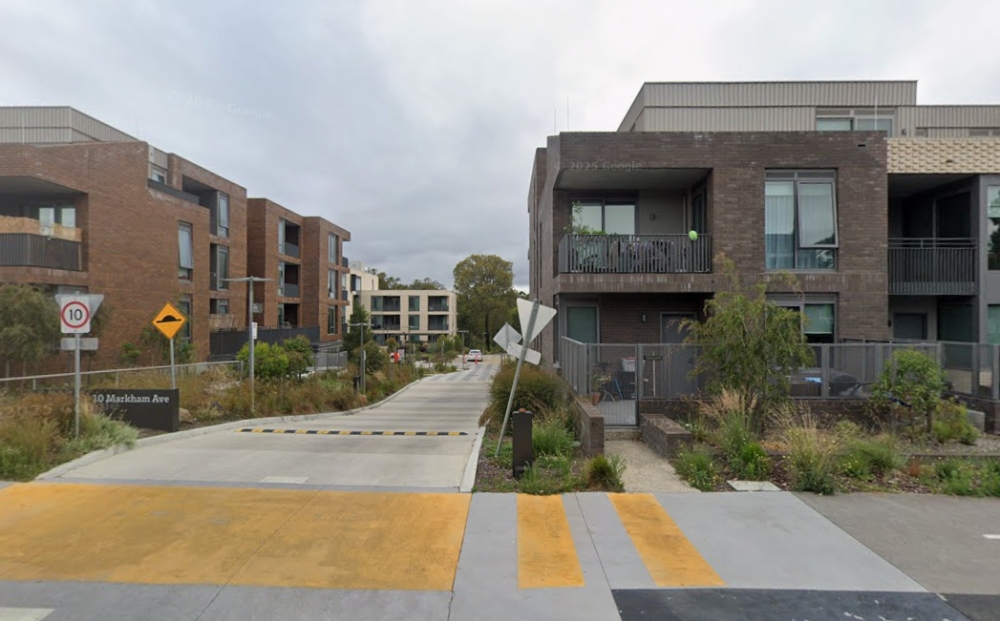Contact: JL Property
Wechat: JLbuyers
Phone: (03) 7018 3280
Email: info@JLbuyersagent.com.au
Address:624 Camberwell Road, Camberwell, VIC 3124
When Green Turns Grey: How Reserve Land Can Redefine Property Values
A patch of grass can be worth far more — or far less— than it seems.
In Australia’s planning system, even the most peaceful reserve can change colour over time.
1. Sydney's Green Space Dilemma
A quiet stretch of open grass in Sydney recently found itself at the centre of a heated public dispute.
The state government proposed converting the land into a cemetery, arguing that Sydney is running out of burial space as its population ages.
Locals, however, saw the move as a loss of one of the few remaining green pockets in an increasingly dense city.
This tension reveals a familiar dilemma across Australia:
when a piece of “green space” sits within a well-established suburb, its future is rarely simple.
What looks like a permanent park can, under planning law, turn into something entirely different.

2. Green Space Isn’t Always Forever
In Australia, not all green space is protected for good.
A significant portion lies on Crown Land or within Public Use Zones (PUZ) under state planning schemes — planning categories that allow governments to accommodate public infrastructure or community facilities such as schools, transport corridors, or health services. Some of these lands may later be rezoned for residential or mixed-use purposes as population and policy needs evolve.
Others fall within Future Urban Zones (FUZ), identifying land on the urban fringe intended for future urban development — subject to detailed Precinct Structure Plans (PSP) and the delivery of essential infrastructure.
In other words, today’s peaceful reserve could one day become a housing estate, a community hub, or — as in Sydney’s example — even a cemetery.
3. Melbourne Case Studies: When Green Turns Grey — or Greener
(1)Highett Gasworks Redevelopment
Once an industrial gas plant that shut down in the 1970s, the Highett Gasworks site sat idle for decades and was locally regarded as Highett Open Space Reserve.
In 2020, Development Victoria confirmed plans to transform it into a mixed-use precinct with around 1,000 dwellings, including approximately 100 social and affordable homes delivered in partnership with Homes Victoria.
The master plan retains over 30% of the site as open space for community access, but many locals still see the change as a loss of long-standing open green land.
(2)10 Markham Avenue, Ashburton
Another example is 10 Markham Avenue in Ashburton, once a public reserve and now home to 178 social and affordable rental dwellings developed by Homes Victoria under the Big Housing Build program.
The project addressed genuine housing needs but also showed how quickly reserve land can shift from a green buffer to a residential precinct.

(3)Healesville Freeway Reserve, Vermont
The story is different in Vermont. The Healesville Freeway Reserve, originally reserved for a major transport corridor, has been reimagined as Ngarrak Nakorang Wilam Park — a Woi-wurrung (Wurundjeri) name meaning connecting to Country.
The 35-hectare park will include 3.5 kilometres of shared walking and cycling paths, seating, and recreation areas.
Such a transformation is likely to enhance surrounding property values, thanks to improved amenity, better access to green space, and increased neighbourhood appeal.
Had the freeway been built instead, the outcome for local property prices would have been entirely different.
4. What Smart Buyers Look For
When inspecting a property, a nearby patch of greenery is often seen as a major plus — but not all green views offer the same certainty.
The key is to understand what kind of land it actually is.
Ask these questions:
Is it zoned Public Park and Recreation Zone (PPRZ) or Public Conservation and Resource Zone (PCRZ) — land legally protected for recreation and conservation?
Or is it Crown Land under a Public Use Zone (PUZ), which could be rezoned or redeveloped in future?
Are there Structure Plans, Precinct Structure Plans, or rezoning proposals under review that could alter its use?
For buyers, valuers, and investors alike, these distinctions matter.
Homes beside permanent open space usually attract a premium, while those bordering uncertain reserve land carry long-term planning risk.
5. The Bottom Line
In urban planning, “green” doesn’t always mean “safe.”
A reserve can be a blessing — or a blind spot waiting to be reclassified.
For property buyers, understanding what lies behind that view of trees and grass isn’t just due diligence — it’s risk management.
Because in real estate, as in planning, the colour of certainty is often worth more than the colour of the grass.
(The information provided in this article is for general knowledge and informational purposes only and does not constitute investment advice.)

